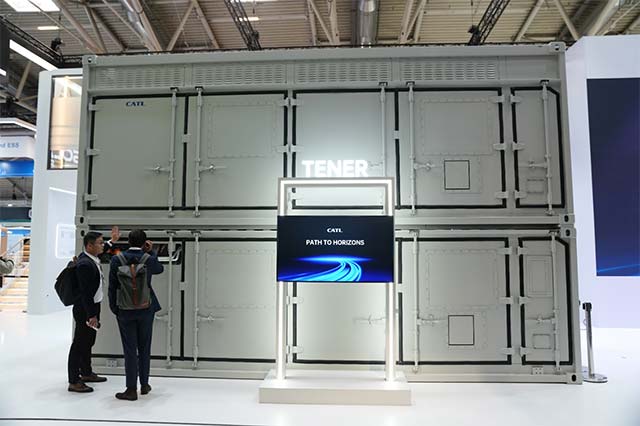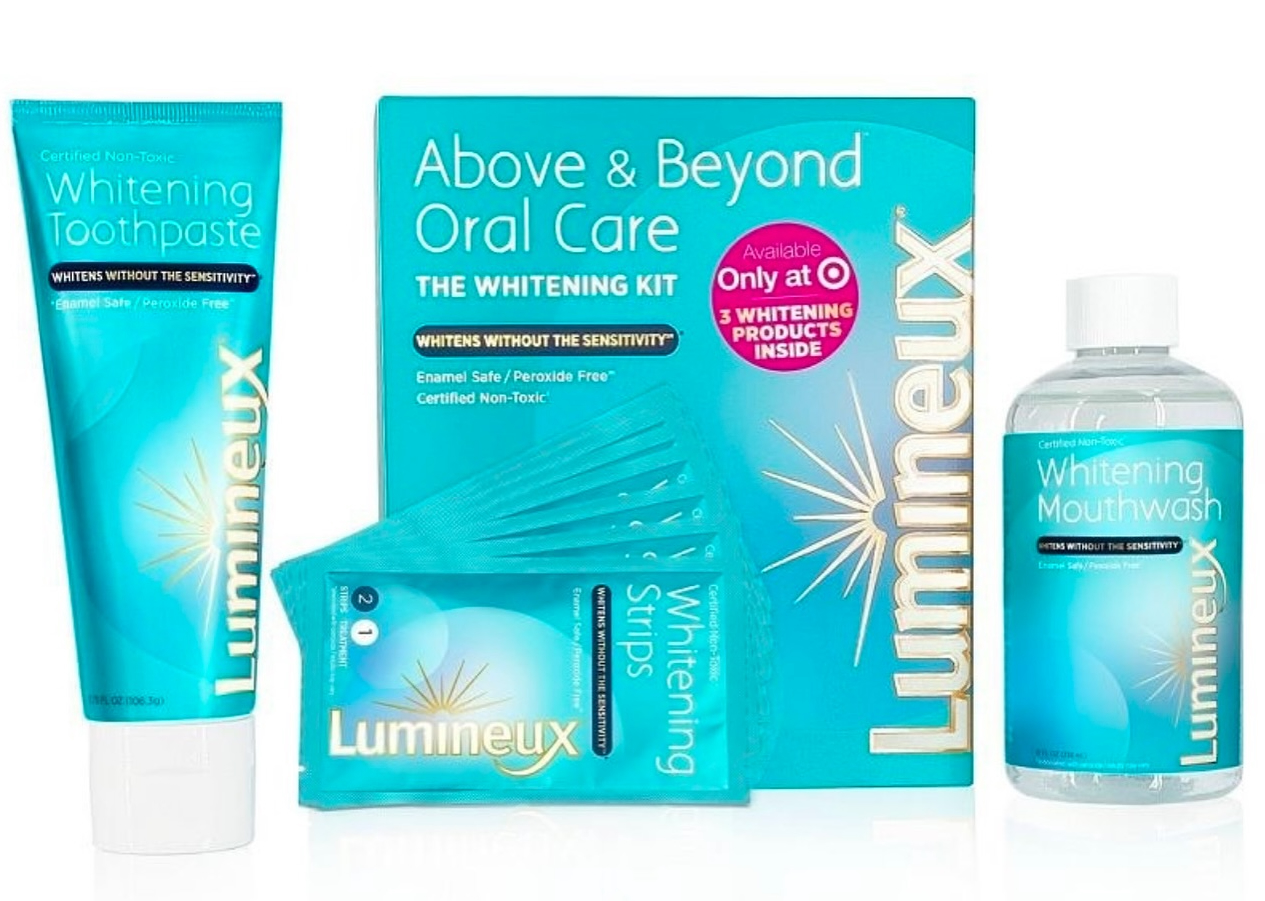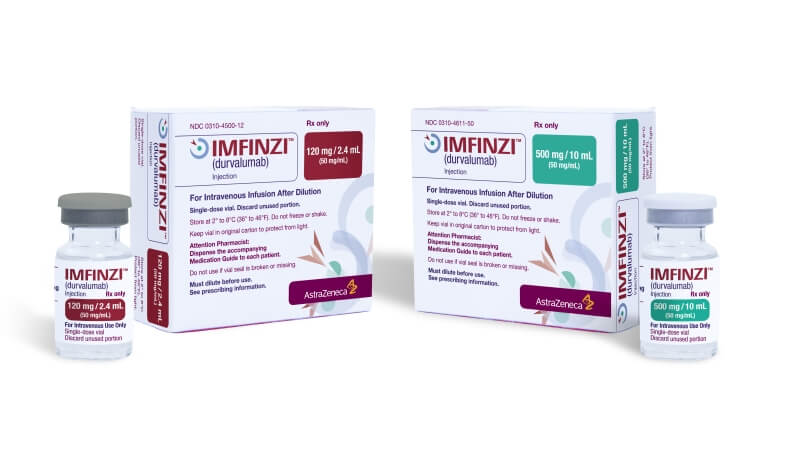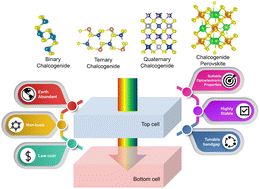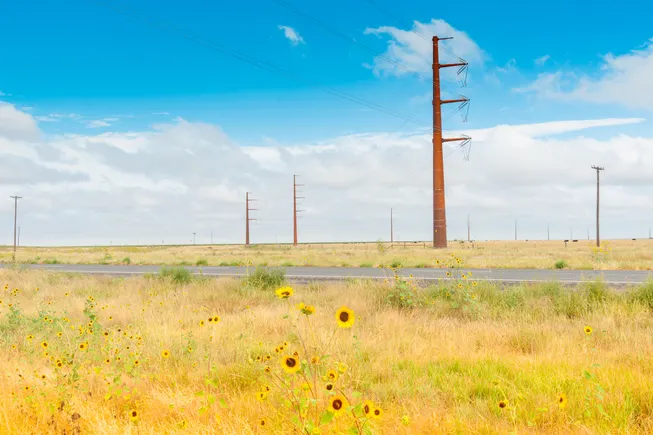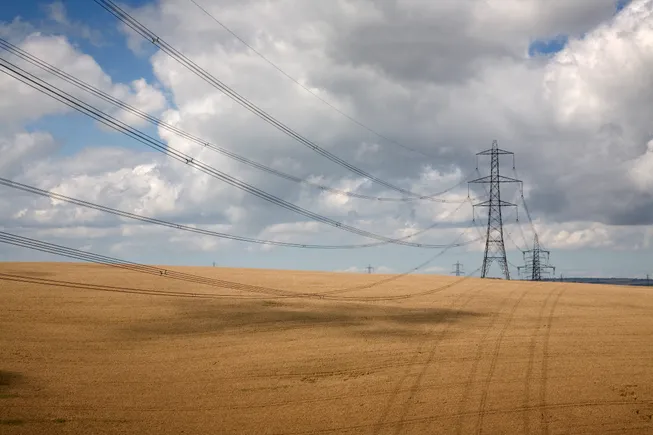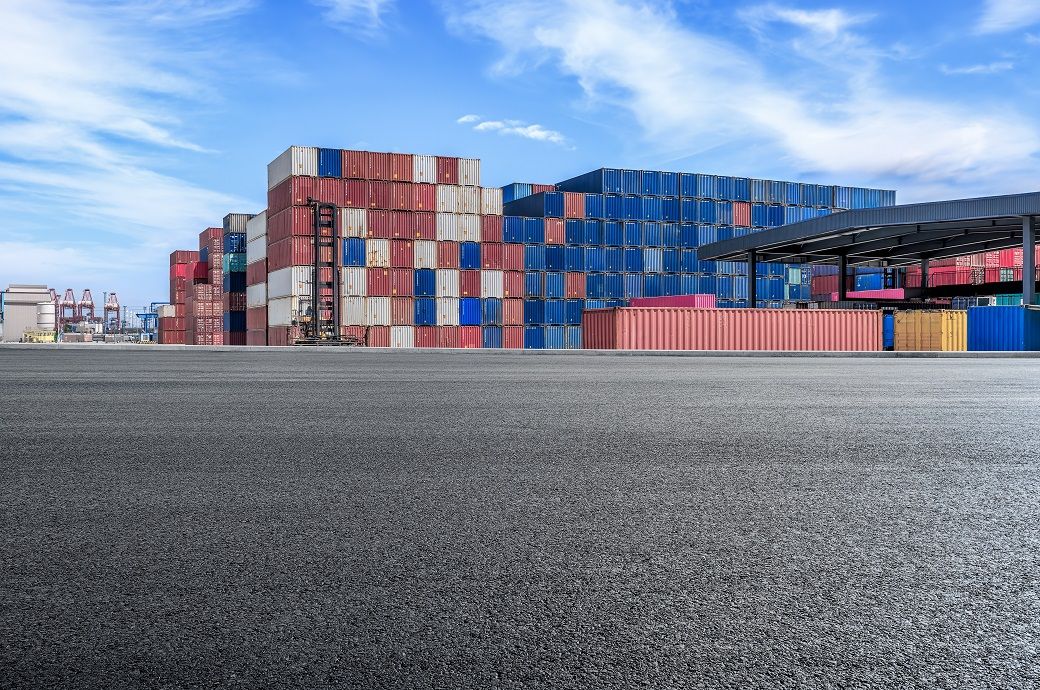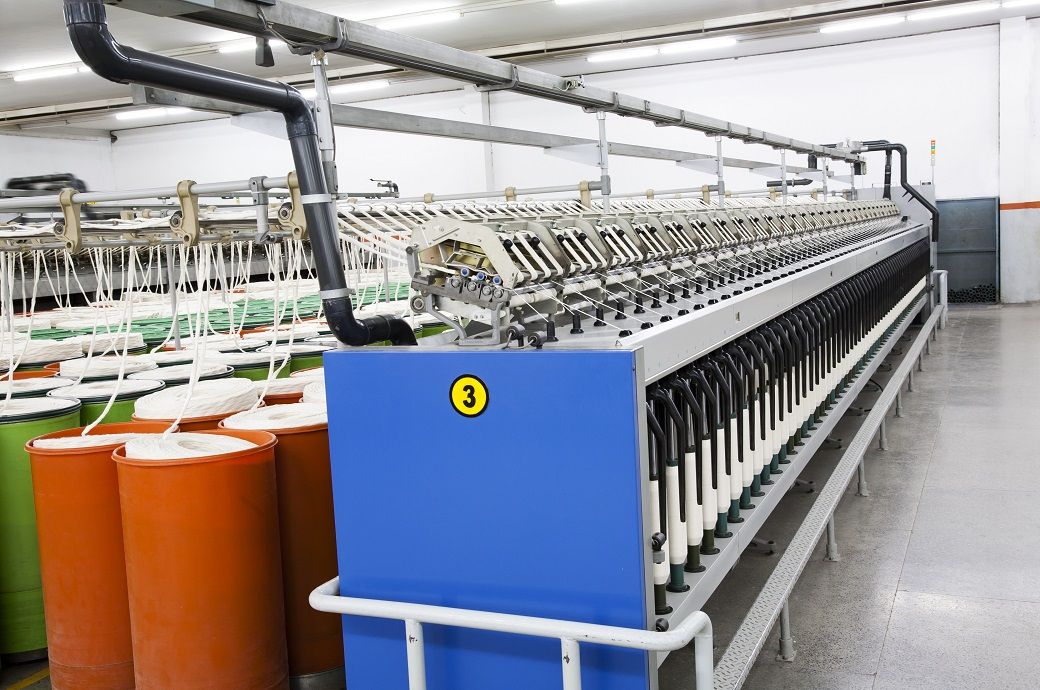Background: The Gore-Tex brand and the tricky business of PFAS functionality
Adidas' Terrex Agravic Gore-Tex shoes. Credits: Adidas / Gore-Tex. Background The crackdown on PFAS in functional clothing has been widespread in recent years, particularly as their harm to both the environment and humans becomes more broadly researched. It has forced leaders in the outerwear and sportswear industry to rethink their approach to implementing practical features into their designs, and has seen many facing legal pressures over their seemingly slow response to change. W.L. Gore & Associates, the developer of waterproof, breathable Gore-Tex materials, is among those. The American multinational manufacturer has long tackled challenges of PFAS-use in its clothing, with concern only recently escalating upon the filing of two new lawsuits over the past six months. One case has now swung into Gore’s favour and been dismissed, while others are still deep in the mix. Here is what to know about PFAS, the lawsuits in question and how Gore is responding. What are PFAS and why are they of concern? PFAS–per- and polyfluoroalkyl substances, previously referred to as perfluorochemicals (PFCs)–are a group of thousands of synthetic chemicals that contain strong carbon-fluorine bonds, and have typically been coat textiles with the intention of repelling oil, water, stains and dirt, while also providing chemical and heat resistance. Since the 1950s, the chemicals have also been used in consumer products. Now, however, certain PFAS, like PFOA and PFOS, have been recognised as persistent environment pollutants due to their resistance to degradation, and have further been linked to a variety of health issues, such as reproductive issues, thyroid problems and several types of cancer. Regulated PFAS, for which most new regulations in the US addresses, refers to PFAS intentionally added to a textile product for a functional or technical purpose, or PFAS in a product that meets a certain threshold. From January 1, 2025, in some states in the US, such as California, this threshold now sits at or above 100 parts per million total organic fluorine within a product. By January 1, 2027, this will drop to 50 parts per million. PFAS regulations in the US In recent years, increased regulation has begun rolling out across the US and other regions over the use of PFAS in consumer-facing products, as concerns surrounding these so-called “forever chemicals” continue to mount. Since 2007, around 30 US states have enacted around 155 policies targeting PFAS, with more set to come over the duration of the coming years. Around 11 of these states have implemented full or partial bans on the use of the chemicals, many of such bills came into force at the beginning of 2025. In the context of high performance fabrics, many of these regulations target outdoor apparel, for which features such as water repellency or heat resistance are core selling points. Regulations for these products have been giving longer periods of time to conform, however. For example, in California, requirements banning PFAS in the production of outdoor apparel for severe wet conditions will come into effect on January 1, 2028. Such products must currently be accompanied by a disclosure stating they were made using PFAS chemicals. This is the same date for which New York will prohibit the use of PFAS-use in outdoor apparel, a regulation that already applies to any new clothing items containing regulated PFAS. An introduction to W. L. Gore & Associates and Gore-Tex fabrics As a major supplier in outdoor apparel, W.L. Gore & Associates has long been attempting to amend issues raised with PFAS. The American multinational specialises in products utilising fluoropolymers, particularly waterproof Gore-Tex fabrics, which it has been producing since 1969. The company has previously worked with various sportswear giants integrating Gore-Tex technology into their products, with the likes of Adidas, Asics and Converse cited as brand partners on the company’s website. Pressure on Gore to halt its use of specific PFAS chemicals had begun mounting back in 2012, when Greenpeace started campaigning for outerwear suppliers to stop using PFAS-based coatings and switch to alternatives. By 2017, Gore had partially succumbed to the pressure, pledging that it would eliminate certain PFCs–what they were called at the time–by 2023, with compounds such as PFOA already now eliminated from its supply chain. Its staple technology, however, was to continue to be based on polytetrafluoroethylene (PTFE), a fluoropolymer that falls within the PFAS umbrella. By the end of 2020, Gore also said it was aiming to eliminate PFCs of environmental concern from 85 percent of its products and manufacturing process, with the rest to be tackled by 2023. PTFE and PFOA Both PTFE and PFOA are forms of PFAS. Most Gore products utilise PTFE, a fluoropolymer which had at one time included residuals of PFOA – perfluorooctance sulfonate – which fall under the PFAS banner, the company states on its website.
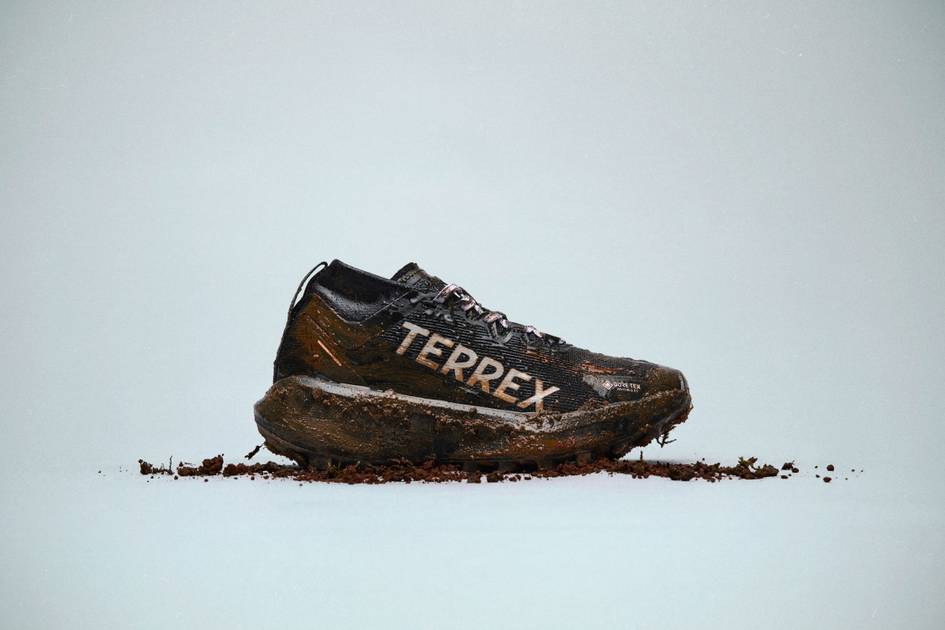
Background The crackdown on PFAS in functional clothing has been widespread in recent years, particularly as their harm to both the environment and humans becomes more broadly researched. It has forced leaders in the outerwear and sportswear industry to rethink their approach to implementing practical features into their designs, and has seen many facing legal pressures over their seemingly slow response to change.
W.L. Gore & Associates, the developer of waterproof, breathable Gore-Tex materials, is among those. The American multinational manufacturer has long tackled challenges of PFAS-use in its clothing, with concern only recently escalating upon the filing of two new lawsuits over the past six months. One case has now swung into Gore’s favour and been dismissed, while others are still deep in the mix. Here is what to know about PFAS, the lawsuits in question and how Gore is responding.
PFAS–per- and polyfluoroalkyl substances, previously referred to as perfluorochemicals (PFCs)–are a group of thousands of synthetic chemicals that contain strong carbon-fluorine bonds, and have typically been coat textiles with the intention of repelling oil, water, stains and dirt, while also providing chemical and heat resistance. Since the 1950s, the chemicals have also been used in consumer products. Now, however, certain PFAS, like PFOA and PFOS, have been recognised as persistent environment pollutants due to their resistance to degradation, and have further been linked to a variety of health issues, such as reproductive issues, thyroid problems and several types of cancer.
Regulated PFAS, for which most new regulations in the US addresses, refers to PFAS intentionally added to a textile product for a functional or technical purpose, or PFAS in a product that meets a certain threshold. From January 1, 2025, in some states in the US, such as California, this threshold now sits at or above 100 parts per million total organic fluorine within a product. By January 1, 2027, this will drop to 50 parts per million.
PFAS regulations in the US
In recent years, increased regulation has begun rolling out across the US and other regions over the use of PFAS in consumer-facing products, as concerns surrounding these so-called “forever chemicals” continue to mount. Since 2007, around 30 US states have enacted around 155 policies targeting PFAS, with more set to come over the duration of the coming years. Around 11 of these states have implemented full or partial bans on the use of the chemicals, many of such bills came into force at the beginning of 2025.
In the context of high performance fabrics, many of these regulations target outdoor apparel, for which features such as water repellency or heat resistance are core selling points. Regulations for these products have been giving longer periods of time to conform, however. For example, in California, requirements banning PFAS in the production of outdoor apparel for severe wet conditions will come into effect on January 1, 2028. Such products must currently be accompanied by a disclosure stating they were made using PFAS chemicals. This is the same date for which New York will prohibit the use of PFAS-use in outdoor apparel, a regulation that already applies to any new clothing items containing regulated PFAS.
An introduction to W. L. Gore & Associates and Gore-Tex fabrics
As a major supplier in outdoor apparel, W.L. Gore & Associates has long been attempting to amend issues raised with PFAS. The American multinational specialises in products utilising fluoropolymers, particularly waterproof Gore-Tex fabrics, which it has been producing since 1969. The company has previously worked with various sportswear giants integrating Gore-Tex technology into their products, with the likes of Adidas, Asics and Converse cited as brand partners on the company’s website.
Pressure on Gore to halt its use of specific PFAS chemicals had begun mounting back in 2012, when Greenpeace started campaigning for outerwear suppliers to stop using PFAS-based coatings and switch to alternatives. By 2017, Gore had partially succumbed to the pressure, pledging that it would eliminate certain PFCs–what they were called at the time–by 2023, with compounds such as PFOA already now eliminated from its supply chain. Its staple technology, however, was to continue to be based on polytetrafluoroethylene (PTFE), a fluoropolymer that falls within the PFAS umbrella. By the end of 2020, Gore also said it was aiming to eliminate PFCs of environmental concern from 85 percent of its products and manufacturing process, with the rest to be tackled by 2023.
Both PTFE and PFOA are forms of PFAS. Most Gore products utilise PTFE, a fluoropolymer which had at one time included residuals of PFOA – perfluorooctance sulfonate – which fall under the PFAS banner, the company states on its website. PFOA is a chemical that can sometimes be found in low levels of food and drinking water, however, these levels are often higher around areas like industrial plants that utilise the chemical. Both PFOA and PFOS are no longer made in the US, according to the American Cancer Society, but people can still be exposed to them.
Gore has faced challenges and setbacks in enacting such a mission, however. Working with suppliers to find fluorinated and nonfluorinated replacements has been ongoing, however, the “unique performance and durability of PTFE” makes it a preferred choice particularly for “high-demanding end uses”, as noted by Bernhard Kiehl, the company’s sustainability leader, back in 2017.
Progress appeared to be made already in 2018, when Gore released a PFC-free durable water repellent (DWR) treatment, which the company claimed to have applied throughout 50 percent of its materials. In 2024, Gore then announced that it was replacing its original ePTFE membrane with an expanded polyethylene (ePE) membrane–a chemical deemed to be environmentally-safe–for consumer materials. While more expensive and requiring frequent maintenance, the chemical is said to maintain durability and water resistance.
Gore has been working with its suppliers since the early 2000s to eliminate PFOA from its raw materials, a feat it finally achieved for its entire fabrics supply chain in 2013. According to the company, it only purchases PTFE from suppliers that certify they do not use PFOA in their manufacturing process.
Legal battles ensue
Beyond concerns about such chemicals in consumer products, Gore is also facing allegations of polluting areas around its factories.
2023 lawsuits
Two lawsuits were filed against Gore in 2023 in regards to potential PFOA water pollution around its Cecil County, Maryland manufacturing plant. One case, filed by Maryland residents, all of whom lived near Gore’s Cherry Hill plant, claimed that Gore had known about the dangers of PFAS since the 1990s and thus has not done enough to warn the public.
At the time, Gore said that it had voluntarily initiated an investigation into the matter, and offered bottled water to residents in response. The company added that it has continued to offer water treatment systems or available connections to local water utility systems, when available, for residents in the site investigation sampling area that participated in water sampling efforts.
2024 lawsuit
Things escalated into 2024, when attorney general (AG) Anthony Brown filed a lawsuit alleging that Gore’s historical operations at its 13 facilities in Cecil County contaminated the surrounding environment. The lawsuit doubles down on previous claims that Gore long had knowledge of the dangers, referencing internal documents between the company and its partner DuPont that seemingly proved Gore executives knew and had researched how harmful PFAS was to people for decades.
This was followed by a complaint issued by Stephen and Cheryl Martin, which filed their case after Gore failed to respond to a letter of intent to bring forth the complaint in September. The letter claimed that the company’s Cherry Hill manufacturing plant in Elkton, Maryland, violated the Resource Conservation and Recovery Act (RCRA). Lawyers representing the Martins alleged that since filing a class action lawsuit against the company, it had “discovered the toxic poly-fluoroalkyl substances (PFAS) … polluting the water are even more widespread than initial data suggested”.
Update
As of May 5, 2025, the presiding judge in the complaint brought by plaintiffs Stephen and Cheryl Martin has ruled to dismiss the case. The case swung in Gore’s favour after the court agreed with the company’s claims that the plaintiffs did not comply with the RCRA’s pre-suit notice requirements, meaning the court no longer has jurisdiction over the matter. The plaintiffs may file suit again after 90 days elapse from the date of their initial notice.
2025 lawsuit
In February of this year, yet another lawsuit was filed against Gore by consumers, who accused the company of violating trade practice laws and making misleading statements. This case centres more around claims of greenwashing, with the complaint stating that Gore had “negligently and intentionally made misleading statements about the presence of PFAS in its products”, specific to fabrics. The filing points to reports that claim to provide evidence of PFAS shedding during the use and cleaning of Gore products, causing contamination of the air and water around consumers utilising such pieces.
Gore’s response
To respond to initial accusations, Gore set up a dedicated website clarifying certain data, responding to any speculation and addressing core points noted in the lawsuits. Here, the company released a statement in which it denied all the allegations made in the various lawsuits, underlining a “commitment to the health and safety of our associates, our community and the environment”. While in this statement, Gore states that it had eliminated PFOA, the substance addressed in the lawsuits, “from our supply chain many years ago”, it had told media outlets more recently that it had only learned about the chemical in the groundwater close to its facilities two years ago. It thus claimed that it was not responsible for all of the pollution.
In spite of this, the company says that it is working and cooperating with the MDE to determine if its operations had contributed to the PFOA found in the water. Since 2023, Gore has set out to gather data to better understand this issue, starting with drilling activity at Cherry Hill as well as investigations, water sampling and the monitoring of wells at its Fair Hill, Appleton and Elk Mills sites. Early investigations did find evidence of PFOA in the groundwater wells around some of the sites, with more than 90 residential wells in the areas identified now submitted to MDE since.
This also pertains to the AG’s complaint, which Gore claims “omits key facts about Gore’s proactive steps to handle PTFE responsibly and to minimise potential exposures and emissions”. The company’s statement adds: “There are many investigative and technical steps that must take place to identify potential impacts to groundwater and determine what appropriate measures would be effective to remediate the issue. This work is well underway.”





























